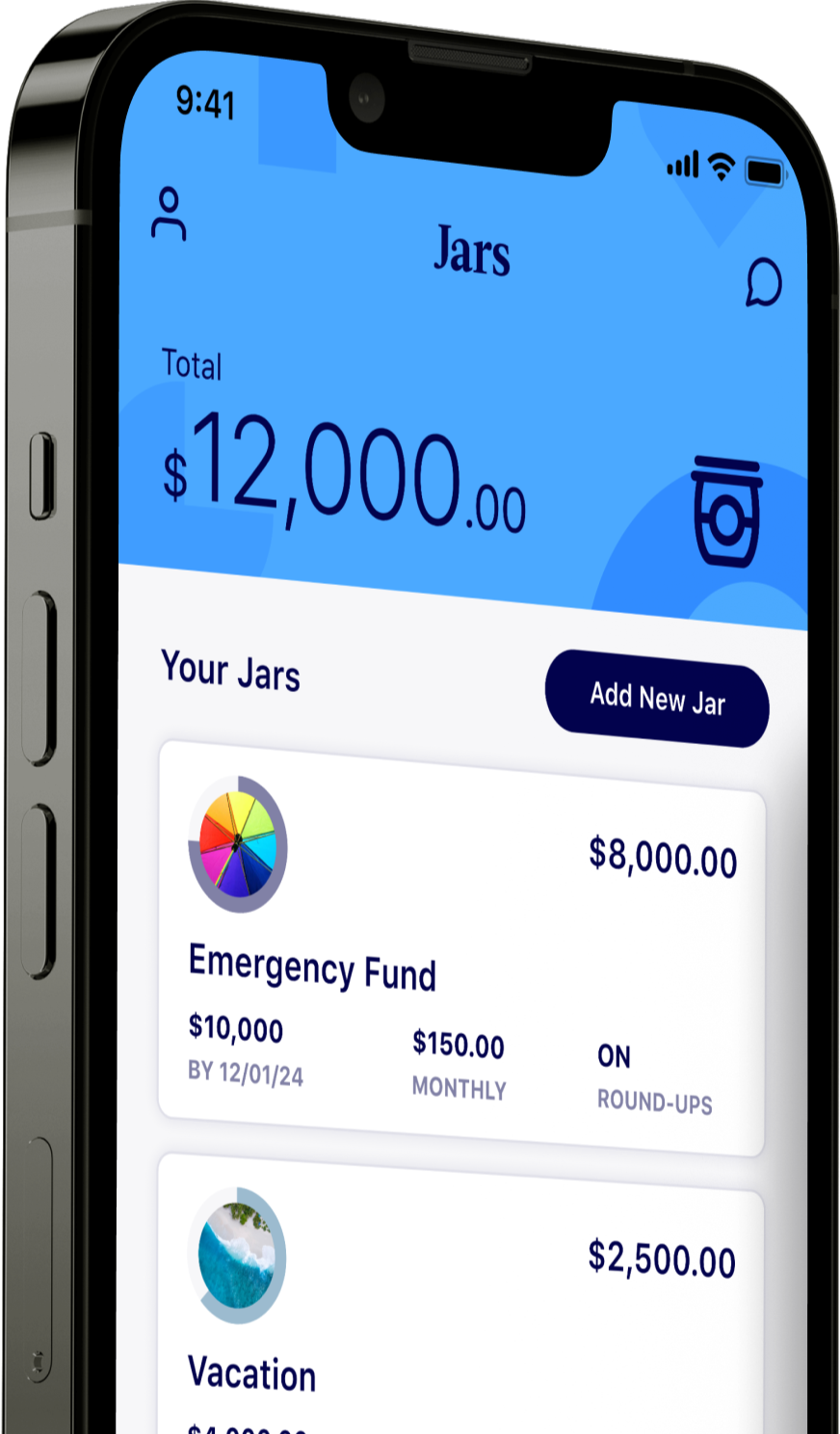The concept behind saving money is simple – to save money, you have to bring in more income than it takes to cover your bills, and set aside the extra. For many, that’s where the first hurdle lies.
The past few years have been a crash course in inflation for most of us. Many are feeling the dramatic increases in inflation that started in 2022 and have lasting effects into early 2024. Since everyone needs to eat, let’s use food costs as an example: the U.S. Department of Agriculture reports that food-at-home prices increased 11.4% in 2022, and 5.8% in 2023. For a broader look at inflation, the all-items Consumer Price Index was up 3.4% from December 2022 to December 2023. Inflation can reduce the amount you’re able to save if the cost of essentials increases.
Ultimately, the only solution is to increase your income to cover these higher expenses so you can still make progress toward your savings goals. We know that’s easier said than done, but it’s certainly not impossible. With the gig economy, the rise of remote work, and pay transparency laws passed in many states in 2022, there are more opportunities than ever to earn more, giving you the disposable income to save.
Let’s break it down to see how within reach it really is. There are 52 weeks in a year. A full time worker works 40 hours a week. If a full time worker can earn just $1 more per hour for a full year, he will bring in over $2,000 more in the span of a year (before taxes). It may not feel like a lot on each paycheck, but even a small raise can help in the long run!
There are two main options to increasing your income – earning more at your current place of employment, or finding a different one. Keep reading as we break down feasible solutions to increase your income.
How to Earn More at your Current Employer
If you can earn more money without having to find a new employer, that may be the least disruptive and most convenient way to change your personal circumstances. By staying with the same employer, you get to maintain your relationships with your colleagues, don’t have to worry about changing benefits like health insurance or retirement plans, and don’t have to rebuild knowledge of a new company or industry.
Let’s dig in to your options.
How to get a raise with your current role
If you’re happy with your job and team, you may want to stay with the same role – so long as you can continue to earn enough to meet your needs and save. You may need to prepare to ask for a raise.
Keep in mind that if you work in the public sector, you may not have flexibility to ask for a raise, as they are often pre-determined based on role types or years of experience. So, this section may be more relevant for workers in the private sector.
At some companies, raises are part of a structured annual review process. At others, raises are not scheduled and at the discretion of the leadership team. Either way, it’s smart to prepare for that discussion.
First, do research about the market value for your current title. Use websites like Glassdoor and Payscale to find the typical compensation for your current role based on the region and number of years of experience. Make sure that the tasks that you’re currently doing still align with the job descriptions you see for that role. (If it’s not, you may be ready for a promotion – more on that below). That will help you decide what amount to ask for in your raise.
If you find that your current pay is in line with the market rate, don’t despair! You can still ask for a raise based on merit – or your own performance.
Next, prepare your brag sheet. This could be a document or a slide presentation – whichever is clearest to consume for the person making the decision. It should include:
- A list of the projects you’ve worked on since your last raise
- Quantifiable results you’ve delivered
- How you performed in relation to any outlined goals for your role or team
- Praise from other team members (especially those senior to you) or clients
- A summary of your contributions
You may even want to come with more benchmark data about the average pay or pay raise amount to put your request in context. The United States Bureau of Labor Statistics is a great source for data about pay.
What type of data should you bring? For example, for the 12-month period ending in December 2023, the United States Bureau of Labor Statistics reported that wages and salaries for state and local government workers was 4.8%, unionized private industry workers was 4.5%, and 4.0% for non-union private industry workers.
For the prior year, for private sector employees, the wages and salaries increased 5.1%, so any recent pay raises may be less than in years prior (but much of this depends on how your company is performing, of course).
The BLS also released compensation increase data broken down by region. This can be especially helpful since wages are often driven by the cost of living, which depends on the area.
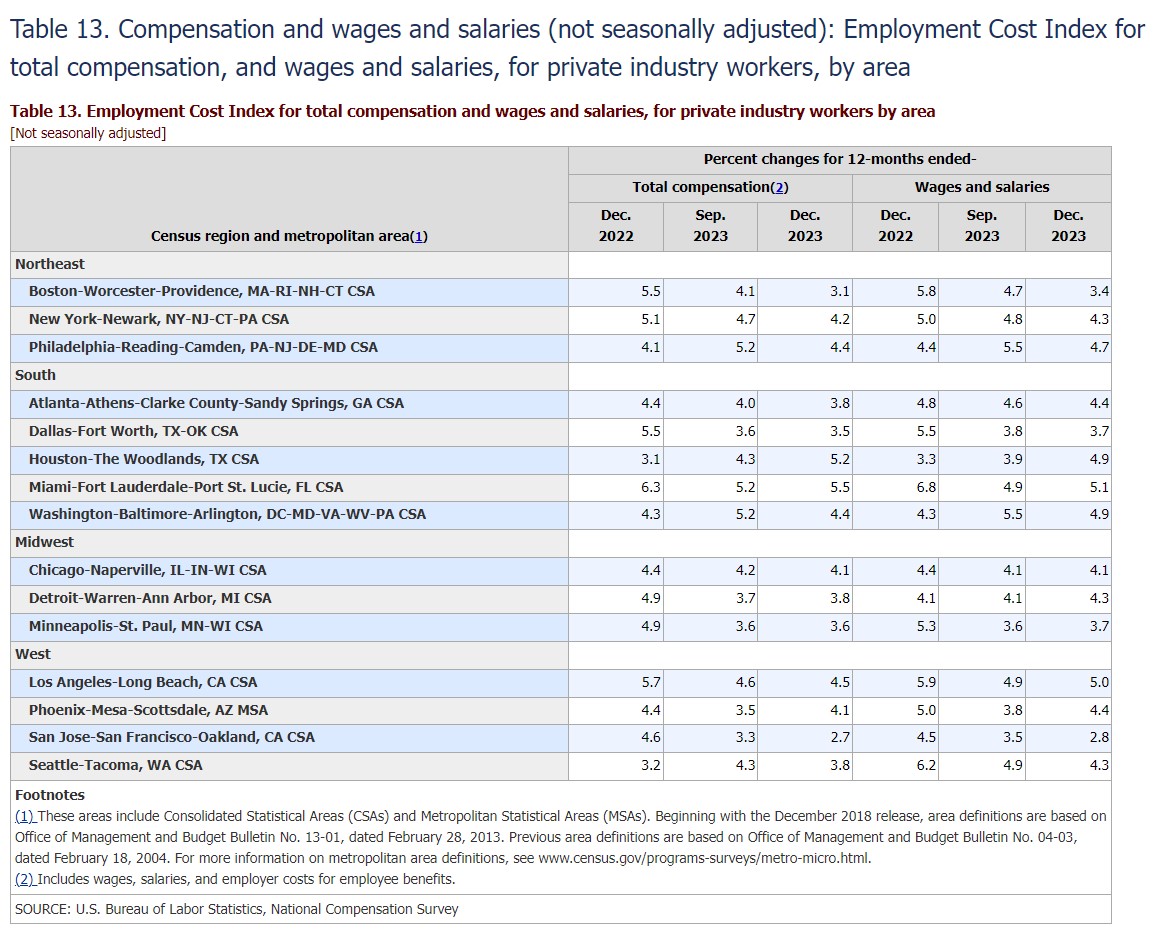
Whenever your compensation discussion occurs, bring all of these materials to showcase why your work and the current market rates mean you should get a raise. Hopefully your request is successful, and you’ll earn more without having to do anything additional!
Get a raise by starting a new role
The second option is to earn more by working in a new role that pays more. Whether you start a different role with a different set of responsibilities, or earn a promotion within your existing role, you can often use that as a method to increase your compensation. As mentioned earlier, government job salaries are often more fixed and sometimes publicly visible, so that can help you research potential jobs that might be within your targeted salary range.
Lateral move
A lateral move is when someone goes from one position to another without a change in rank. This might involve changing departments, going from working as a customer support agent to a recruiter or sales representative.It could be in the same department, such as switching from a backend software engineer to a frontend software engineer. But, lateral moves can still provide an opportunity to increase compensation if the market rate for the other role is higher. (If it feels like a promotion, that’s okay – celebrate anyway!)
Companies may take a chance on an employee in good standing in their current role and be willing to train them in a new one. It can be easier to make an internal lateral move than getting a new position at another company if you don’t already have the relevant experience.
Look at your company’s internal job postings and let your manager know you’re interested in growing your career if you have interest in another department or role. Get to know the team members on the other team and learn about their work; see if your skills are a match and if you’d be interested in that role.
Your success in this area will likely depend on how much your company likes to develop their talent internally, but is worth exploring.
Promotion
Remember in the previous section where we recommended comparing your current job duties to new job openings with your current title? This is where you can identify if you’ve grown and are already doing the work of a higher position. Very often, roles will change due to business needs, or the employee grows and takes on more advanced work. This change may happen so gradually that no one else realizes the difference in your workload and job description from when you started.
If you feel this has been the case, look up the responsibilities of the next level up from your role. If your workload matches that job title better, you may be able to advocate for a promotion and a raise that matches the pay for that title.
You’ll want to put together a brag sheet (like we covered above in the section about getting a raise at your current role) and data about the responsibilities and market rate pay of the next level up.
It might be intimidating, but advocating for yourself can pay off big time! Remember – good organizations want to retain their talent, and part of that involves supporting and rewarding team members for their growth. Your employment at the organization should be a win-win for both parties.
How to Earn More with a New Employer
The alternative to getting a raise with your current employer is to find a new one. Whether you’re looking for something different, new or better opportunities, or were turned down for a raise with your current employer, you’ve opened a whole new world of possibilities.
Changing jobs may involve more work, but it can yield better results. CBS News reported data from the Federal Reserve Bank of Atlanta showed that as of April 2023, people who switched jobs got a pay increase of 6.9% compared to 5.7% for those who stayed in their job. The job-hopping pay increase is down from a peak of 8.5% in July 2022 during the height of the Great Resignation, but the data shows consistently since January 2018 that changing jobs usually yields a higher pay increase, sometimes with a significant delta compared to staying.

The CNBC article also reported data that higher paying jobs are seeing lower raises; job switchers earning over $100,000 are typically seeing raises of 6-7% while job switchers earning between $50,000 – $100,000 are typically getting 10% pay increases, so more motivation for middle-income workers to explore new opportunities. There are a lot of factors beyond that go into choosing to stay in a current job or leave and find a new one – the grass isn‘t always greener on the other side! – but it’s worth seeing what sort of new jobs are out there if your pay is stagnant at your current job.
How do you know for sure if you’ll be able to earn more? Well, thanks to new laws passed in several states in 2022, many employers are posting the pay range on job postings. Don’t be afraid to broach the subject of pay early in the process with recruiters – every role has a budgeted pay range, and it’s just a part of the job interview process to understand if their salary aligns with your expectations.
If you’re open to new job opportunities, there are three key options for your next step in your career:
- Do the same work, but for more pay
- Do a new job that uses your existing skillset
- Do a new job that uses a new skillset
Let’s dive into each of these to see what that might look like for you.
Same work, higher pay
When finding a new job, the most straightforward option is to keep doing the same type of work you already do, and simply finding a position that offers better pay. You may be surprised that you can earn a significant amount more at the same type of job. All types of jobs spanning different skills and education levels come with wide pay ranges.
Want some proof? According to Payscale.com, the range for a farm machinery operator is between $13.25 and $29.48 an hour. The range for an aerospace engineer is $68,000 to $140,000 per year. No matter what type of work you do, there is a chance that you could increase your earnings in a meaningful way.
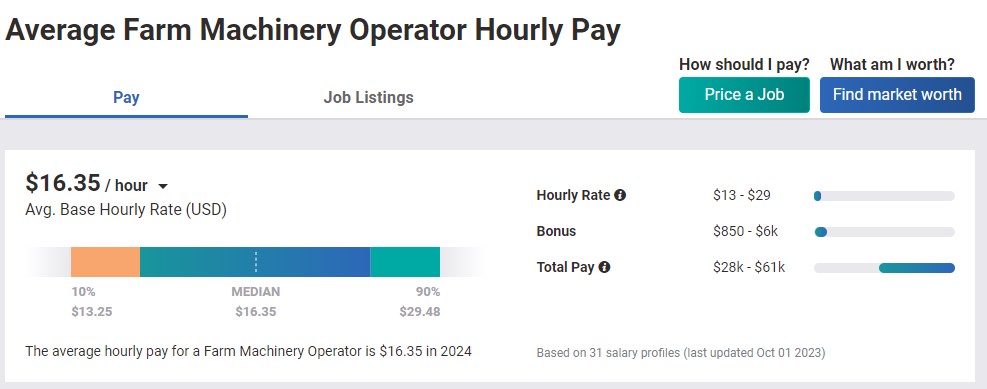
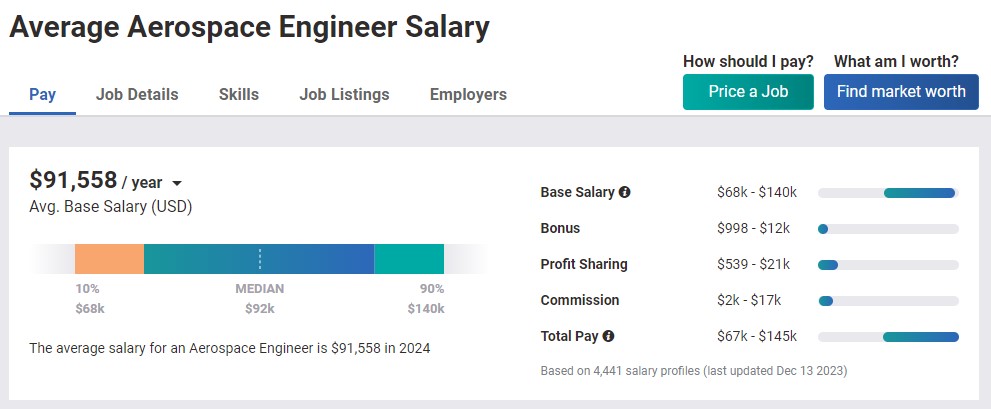
Eventually, you may find yourself at the top of the pay range for your job title. If that’s the case, you may need to look to a promotion or a new type of job to increase your earnings.
New job, same skills
Another strategy to find a new job opportunity is to find a different job title with a different set of responsibilities, but one that utilizes some of your existing skills. If your skills are broad, such as having customer service, construction, or computer skills, you may be able to make a career pivot without having to learn everything new.
Admittedly, this can be tricky. Some people have highly specialized skills that may not carry over into many other positions. And for anyone, it’s an uphill battle to secure an interview when the job posting likely has lots of applicants that have a direct match in experience.
Here are some tips to increase your chances of success:
- Tailor your resume and highlight the relevant skills and achievements that will carry over into the new job
- Acknowledge that you’re looking to make a career pivot in your cover letter and describe what interests you about the role, organization and industry
- Get trusted contacts who can vouch for your skills to refer you to open jobs at their workplaces
- Take on some relevant contract work (if you can land it) then use that experience to bolster your resume for a permanent position
New job, new skills
Maybe you’re looking to make a significant change, and go all-in on a new type of career. If that’s the case, good for you! You have a vast opportunity to increase your chances of finding a higher-paying job.
For this path, you’ll likely need to get education or training in the new industry. You could seek an apprenticeship where you can get paid training. The United States Department of Labor has an apprenticeship finder where you can explore these types of opportunities. Or, you may be able to find a certificate or degree program that can give you the additional skills you need.
You can also increase your chances of success if you’re open to an industry that is in-demand for workers, as they are more willing to take on people who need the relevant training. The Bureau of Labor Statistics reports that the three fastest growing occupations with a median pay above $50,000 per year are nurse practitioners, wind turbine service technicians, and data scientists.
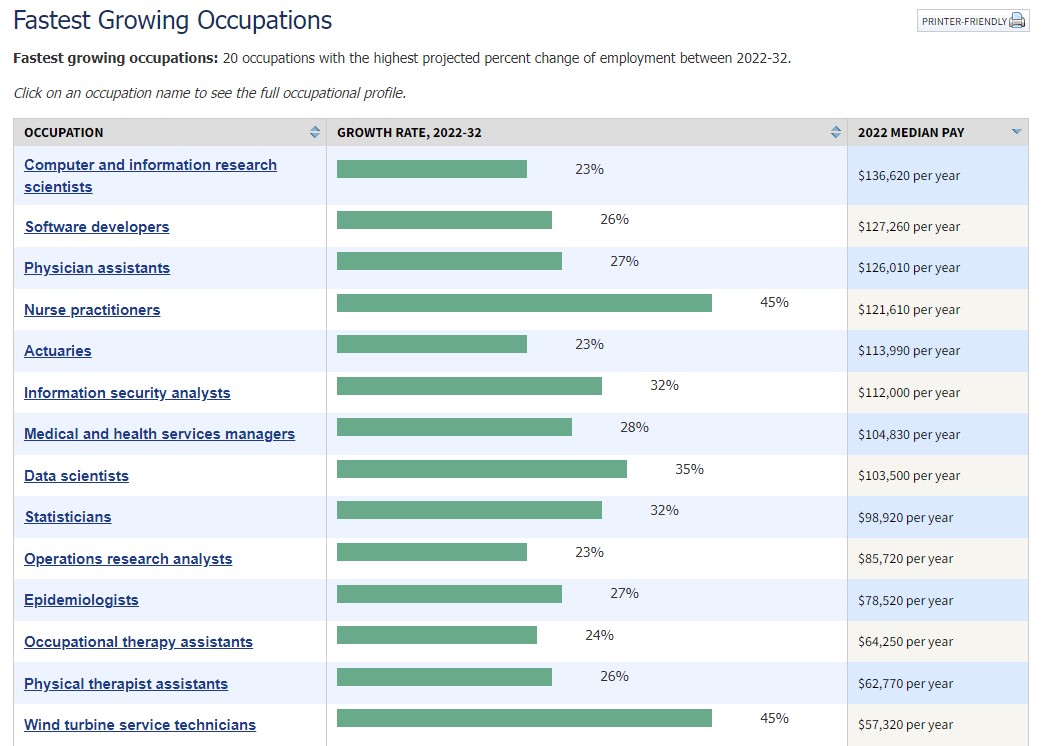
Conclusion
Saving money is more than just having more dollars in your account. It allows for greater security and flexibility, plus higher passive earnings from a saving account’s interest rate. It is well worth taking action to make saving more feasible for you, which often looks like increasing your income. Making progress to change your circumstances by asking for a raise and exploring new career opportunities can yield great results! In addition to higher pay, you may expand your professional network, find more satisfaction in the industry or type of work you do, or an easier commute if you change jobs. Shifts in the culture around remote work and pay transparency can make it more likely that you’ll land a job that comes with increased earnings, which gives you the opportunity to meet your savings goals faster.
No matter how much you can dedicate to savings, Milli is here to help you along your financial journey. With our competitive Annual Percentage Yield, customizable Jars, and spending insights, we’re here to help you make the most of every dollar coming in. Download Milli from the App Store or Google Play and sign up today.
Keep reading on the Milli blog:
10 Ways to Save Today to Gain Financial Confidence

